Decentralization in Biological Systems
In nature, life thrives in decentralized and distributed networks. Ecosystems, for instance, consist of diverse and interconnected species, each playing a crucial role in maintaining the balance of the whole system. No single species dominates the entire ecosystem, ensuring resilience against disruptions and environmental changes.
Similarly, Bitcoin’s decentralized network is composed of numerous nodes distributed globally. Each node holds an identical copy of the blockchain, and there is no central point of control. This decentralized structure ensures that no single entity can exert absolute authority over the network, enhancing its robustness against attacks and censorship.
Resilience and Adaptability
Biological systems display remarkable resilience and adaptability to changing environments. As conditions evolve, species evolve and adapt to survive. In ecosystems, when one species declines, others might fill the ecological niche, maintaining the equilibrium of the ecosystem.
Likewise, Bitcoin’s network demonstrates adaptability. When faced with challenges, such as increased transaction volume or security threats, the network adjusts its parameters through consensus mechanisms like difficulty adjustments. This ability to adapt to changing circumstances enhances the network’s stability and longevity.
Self-Healing and Redundancy
In biological systems, redundancy and self-healing mechanisms are prevalent. For example, organisms possess redundant organs, allowing them to continue functioning even if one organ is damaged. Additionally, organisms can self-heal and recover from injuries.
In Bitcoin’s network, nodes continuously propagate the blockchain’s data, ensuring redundancy of information. If a node goes offline or experiences a failure, other nodes can seamlessly continue the validation and maintenance of the blockchain. The self-healing nature of the network allows it to recover from failures and continue operating without interruption.
Survival of the Fittest: Competition and Cooperation
In the natural world, the principle of “survival of the fittest” drives competition among species. However, cooperation is also prevalent, as some species form symbiotic relationships for mutual benefit.
Bitcoin’s decentralized network combines elements of both competition and cooperation. Miners compete to solve the cryptographic puzzles and earn block rewards, which motivates them to contribute computational power. Simultaneously, they cooperate to maintain the integrity of the blockchain and reach consensus on the validity of transactions.
Evolution and Iterative Improvement
Biological systems undergo evolution over time, with species adapting and evolving through successive generations. Mutations and selection lead to the improvement and optimization of species within their environments.
Similarly, Bitcoin’s protocol evolves through a process known as “soft forks” and “hard forks.” These upgrades allow the network to improve security, efficiency, and scalability. As new challenges emerge, the iterative improvement of Bitcoin’s technology ensures that it remains relevant and effective.
Conclusion
The decentralized nature of Bitcoin’s network bears striking resemblance to the robustness and adaptability found in biological systems. Nature’s designs have stood the test of time through millions of years of evolution, and by drawing inspiration from these principles, Bitcoin has emerged as a revolutionary and resilient financial system.
